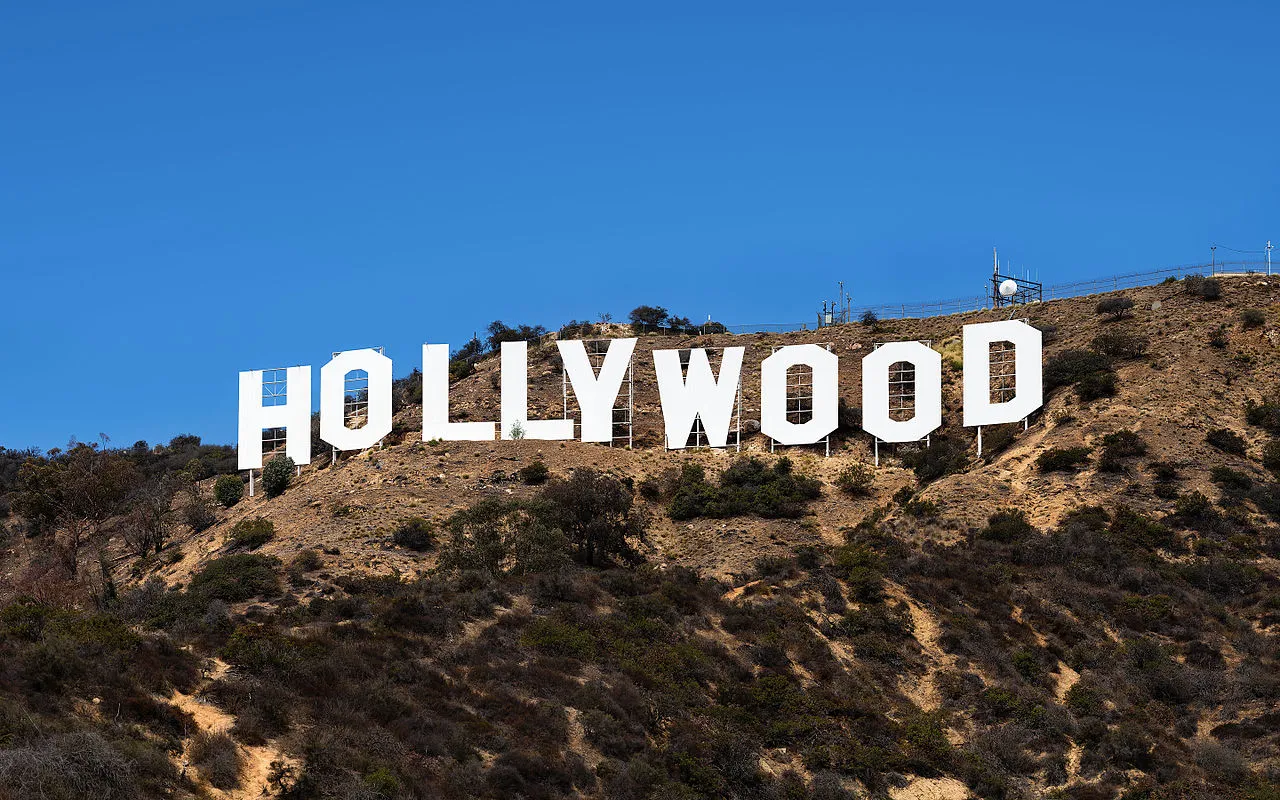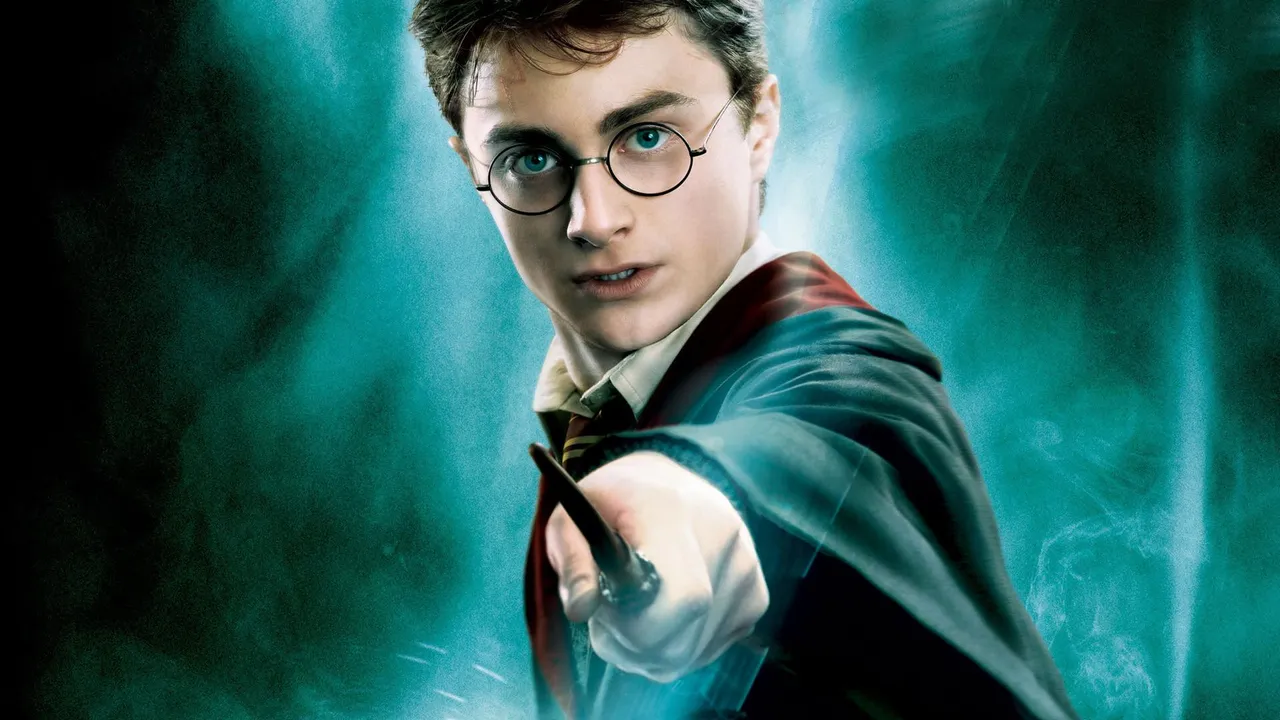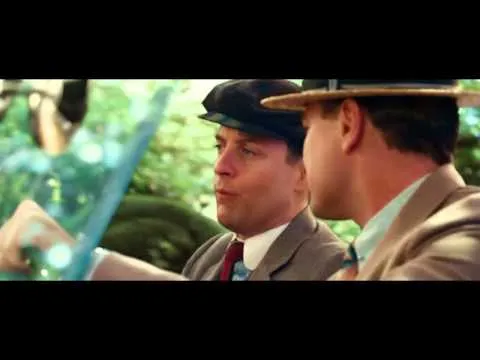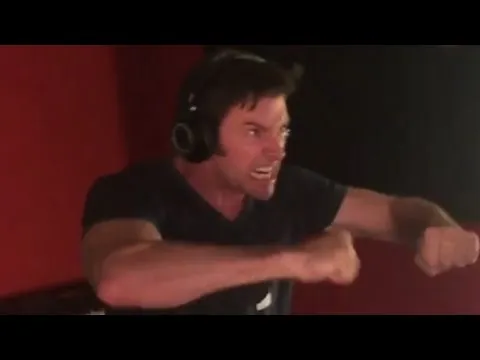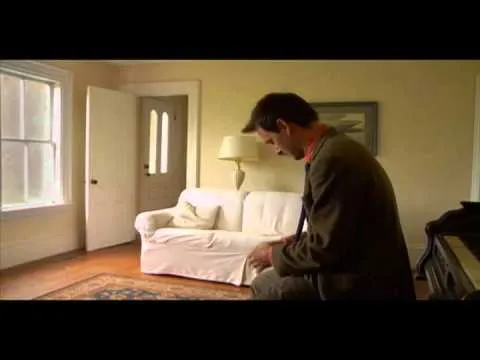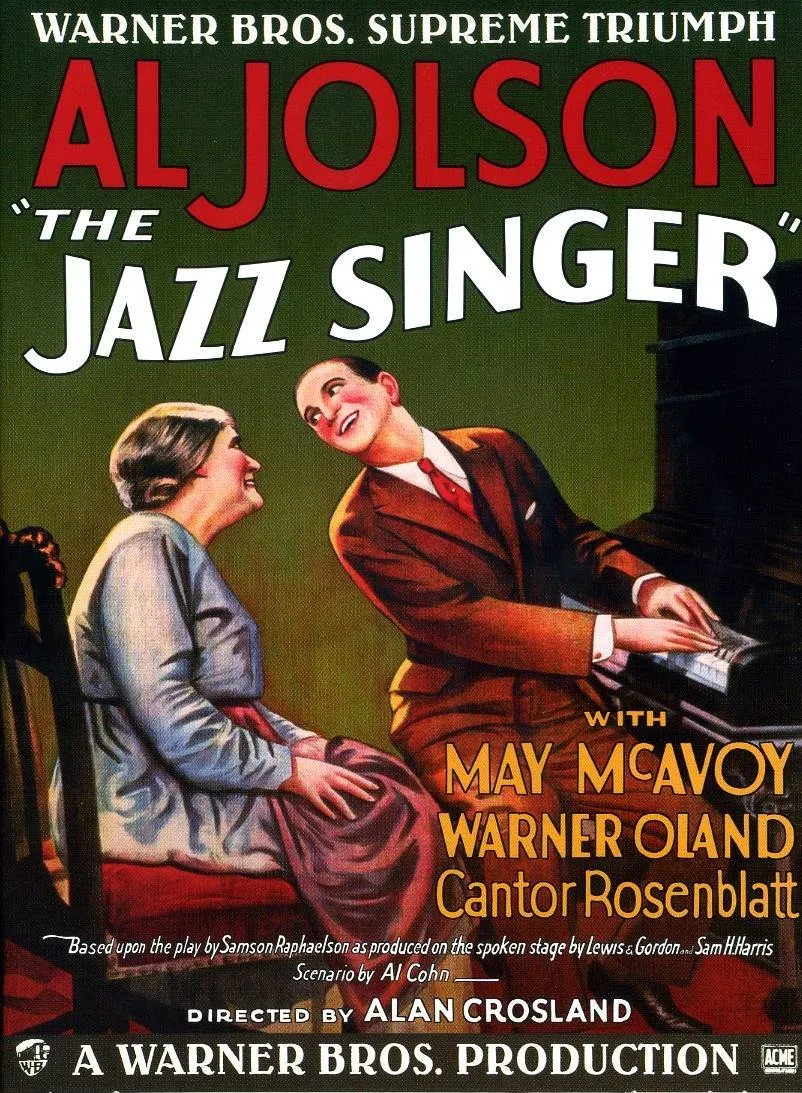ADSactly Music - Behind the Sound - ADR
Don't believe everything you hear.
More often than not, many of the voices that you hear coming at you through the silver screen, usually in big blockbusters, get re-recorded in big-budget recording studios in a process called ADR.

Photo by Erkan Utu from Pexels
ADR
ADR stands for Automated Dialogue Replacement, and is a process in which the actor or actress, in a dubbing studio, watches a clip of the performance they are meant to replicate, and attempts to re-record it, while matching the emotional performance of the day, as well as the lip sync. As the years roll by, the tools that sound engineers can use in order to speed up the process have gotten more sophisticated, but it is still a time-consuming and difficult process. Knowing that, why is it done at all? Lets get to that in a round-about way.
Hollywood (and many other major production areas) productions can afford impressive sound stages, where sets are built and designed indoors, with acoustics and sound-proofing as one of the characteristics that are taken into consideration. On a beautifully built sound stage, there is a level of assurance that the audio that is being recorded during the filming of a production is clean and without any serious outside noise pollution, such as traffic, people, or more commonly on sets - generators.
Still, there are things that can go wrong.
The boom swinger could be aiming the mike slightly off the actor and the resulting sound could be more "room" sound than "direct" sound. One of the many crew members could have been doing some work nearby that resulted in spill-over onto the microphones. There could be problems with the equipment itself. Sometimes, the director even feels like he needs to verbally direct the scene, knowing full well they'll need to ADR the audio afterward.
Or, it could be a creative decision that during the editing of the film, they decide to add a line of dialogue over a scene in order to make it work better. They'll usually use a shot where the lips of the actor or actress aren't visible to avoid the obvious sync issue that would arise.
Harry is that you?
The story goes like this: During the production of one of the Harry Potter films, Daniel Radcliff, then 12 years old, suffered the fate that befalls most teenage boys as they come of age. His voice started breaking during the middle of production. A frantic search broke out to find a voice-alike that could re-read the parts of Harry in studio, which lead them to Joe Sowerbutts, who, according to this story: voiced several scenes for Daniel.
Unfortunately, this seems to be nothing more than an urban legend (thanks Guardian), as a spokesperson from Warner Bros rubbished these claims as untrue. Damn!
The Not-So-Great Gatsby
Once you have something pointed out to you, the illusion falls away. Take a moment to look at the following video, which is an excerpt from "The Great Gatsby", and draw your attention to the audio when they are driving. Now, obviously this scene got shot in two ways (at least) - in one they shoot them driving down the road, in another, they have a car on a trailer that can house all the mountings for the cameras and lights so they can shoot the close-up shots. In both of these situations, it is impossible to take "clean" audio. There will be tonnes of background noise, particularly on a bumpy road like this. Obviously, this scene needed to be ADR'd. Unfortunately, it is a fairly poor job. Not only is some of the lip sync out, but the dialogue audio feels disconnected from the scene.
Logan
Look no further than Hugh Jackman for some stellar ADR performance. You can really see Hugh giving everything to the scene, which must be an incredibly difficult task in such a sterile environment. But, the results are without reproof.
On-set audio
Here's a great "before/after" comparison between some noisy on-set audio and a lovely, clean ADR'd production. Unfortunately, the hiss you hear on the first bit of audio is often the reality that some of us sound engineers have to work with, and in many cases, the production hasn't the time or money to go through an ADR process.
To some reading this, this may sound alot like cheating. Why not get the audio right on the day? Well, that's often impossible. Post-production on films is a massive part of a film's budget, and if ADR is cheating, so are the visual effects they lay in afterwards. ADR is a valuable and important tool in the film-maker's arsenal, beacause at the end of the day, what is the intent of the film make? To draw the viewer into their world and suspend their disbelief in the reality of what they are immersed in.
A Brief History
In the early days of film, the medium was restricted the kinds of technologies that were available at the time. The first film to be released with sound, called a "Talkie" was The Jazz Singer in 1927. It was created with Vitaphone, which was the the first successful, commercial product that would allow film makers use sound on disk. Invented by telphone giant Bell / AT&T, the technology was purchased by Warner Bros, which catapulted their stock up by a whopping 600%. This is not to say there weren't already sound-on-disk experiments and technologies in play prior to this. Thomas Edison was experimenting with synchronizing sound to film before the release of the Vitaphone technology, and there were others, but Vitaphone was a marked commercial success with The Jazz Singer grossing $100000 per week in each theatre for an entire year.
Suddenly, the idea of sound on film exploded throughout the world, and there's nothing like a huge demand to spur on new technologies.
The first film to really start using a process that we call "dubbing" or "mixing", is generally credited to Rouben Mamoulian's Applause in 1930. Back then, the sound consoles had 4 channels to play with, which started freeing up film makers and sound mixers to become more creative. Without getting into a complete history of sound in film, suffice it to say that the technical capacities of film studios increased over the years, converting from one medium to another, allowing sound engineers to "drop" certain lines in, whereas before you could only do the entire sound track in one long pass of the film.
And so, ADR was born.
Marlon Brando in The Godfather apparently mumbled his way through his scenes so that he could have the freedom of deciding on his actual lines during the dubbing / ADR phase of production as he didn't like the idea of locking down the scipt until he could see the context of the scene in the edit.
In Star Wars, Darth Vader, played by David Prowse, was of course voice by James Earl Jones, and what an incredibly creative decision that was that added to film-goers' love for the films.
It is entirely possible for ADR to add depth and meaning to a story, as long as film makers work had at making sure that the audio blends well with the scene and doesn't break the illusion, the suspension of reality that we all hunger for.

Vote @adsactly-witness for Steem witness!
Witness proposal is here:
Witness Proposal
Go To Steem Witness Page
In the bottom of the page type: adsactly-witness and press vote.

Thank You
Witness proposal is here:
Witness Proposal
Go To Steem Witness Page
In the bottom of the page type: adsactly-witness and press vote.

Thank You
In the bottom of the page type: adsactly-witness and press vote.

